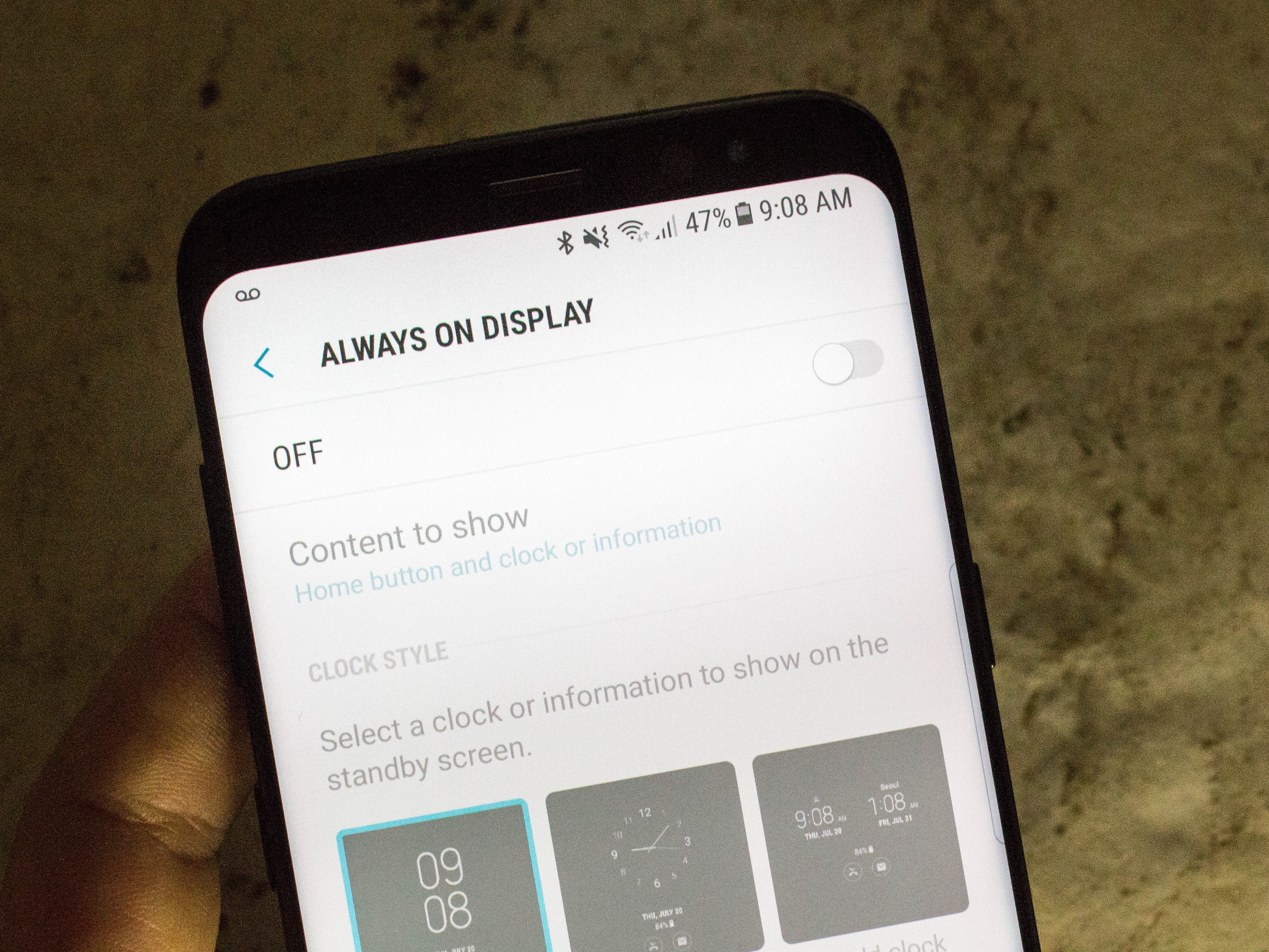
- #Qualcomm battery guru galaxy s8 android
- #Qualcomm battery guru galaxy s8 Bluetooth
- #Qualcomm battery guru galaxy s8 download
#Qualcomm battery guru galaxy s8 Bluetooth
The Galaxy S8 and Xperia XZ Premium support the latest Bluetooth 5.0 which means faster transfer speeds at longer ranges compared to the G6's older BT4.2. All three feature NFC for payments and pairing, and whatnot. The phones support wireless streaming to DLNA, Miracast-compliant and Google Cast devices. There's Wi-Fi ac on all three phones, naturally. All three review units we have are single SIM versions.
#Qualcomm battery guru galaxy s8 download
The G6 with its Snapdragon 821 'only' supports Cat.11/12 LTE for download speeds up to 600Mbs, while the Snapdragon 835 and Exynos 8895 come with Gigabit LTE, though the list of countries and carriers that offer consumers such networks is still pretty short.ĭual SIM versions have been announced, but may not be available in all markets, and single SIM ones will certainly be most common. ConnectivityĪll three phones have exemplary connectivity credentials. The G6 supports Dolby Vision on top of the other two's HDR 10, but that's as much as it's got on the competition. The Premium is the sharpest by far, has the most usable screen area and allows streaming in 2160p across various services. The S8 wins in brightness, contrast and outdoor visibility. Winner: Tie between the Samsung Galaxy S8 and the Sony Xperia XZ Premium. No LG G6 in the list of supported devices on Amazon Video, though. Amazon Video is where you should look for content for those, and there the Xperia also gets UHD resolution streaming.
#Qualcomm battery guru galaxy s8 android
Netflix has brought actual support for both HDR10 and Dolby Vision on the G6 with version 5.0 of the Android app, while no support has been announced for the S8 or the Xperia XZ Premium. The gist being that if you want true sRGB reproduction, the S8 is the one that gets the closest.Īll three phones are capable of displaying HDR10 content, while the G6 also complies to the Dolby Vision standard. In the default Adaptive screen mode its DeltaE is 5.1, while in the sRGB-tailored AMOLED Basic that goes all the way down to 2.0.

The Galaxy S8 has a handful of modes, which add a lot of versatility. The G6 is marginally more accurate, posting an average DeltaE number of 4.8 in the only available display mode. The Xperia XZ Premium's average DeltaE is 6.2 in Normal display mode, and drops to 5.2 in sRGB. On to the touchy subject of color rendering. The XZ Premium is less impressive in absolute value, but let's face it - it is the best 4K smartphone display when it comes to outdoor visibility (a notable improvement over the single other such phone, Sony's own Z5 Premium). The G6 is no slouch either, posting quite the respectable number for an LCD in our testing. The Samsung Galaxy S8 is the absolute champ, thanks in part to the AMOLED panel and possibly a less reflective display coating. The G6's lowest white illumination is 4.1nits, while the Premium's minimum brightness is 5.8nits - not a problem, but may be just a little too bright under a blanket (we're not judging). If you're into nighttime viewing, you'd be interested to know that the Galaxy S8 can go as low as an excellent 1.8nits in very dark environments. The Premium doesn't do such a great job at containing its blacks, which adversely affects the contrast ratio, but it still manages a respectable value in the whereabouts of 1200:1. The G6 manages to achieve exceptional contrast ratio for an LCD - a value of more than 2000:1 is among the best in our experience. Or, rather, impossible - with blacks pixels not being lit at all, the screen's contrast ratio is infinite. The Galaxy S8 is hard to beat in contrast ratio, as well. The Galaxy S8 can even pump out some extra nits on top of them in Auto - to the tune of 10% more - so much for AMOLEDs trailing LCDs in maximum brightness. When it comes to peak brightness, the Xperia XZ Premium is a near perfect match for the G6, with the Auto mode engaged on the LG phone - maxing at around 560nits both are quite bright. Here's what they look like under a microscope. Whew - so much in common, yet so different. But the Galaxy S8's Diamond Pixel arrangement of the primary color dots makes its pixel density a debatable subject, while we can't find any fault with the standard RGB setup of the Xperia and the LG. It's not like the Koreans are lacking in pixels either - the S8's number is 570ppi, while the G6's is marginally lower at 564ppi. Not in resolution, however, where the XZ Premium tops all charts with its 3,840x2,160 pixels and a bonkers 807ppi pixel density.


Then, the Galaxy S8 and the G6 are in weird aspect ratios (18.5:9 and 18:9, respectively), and it's the Xperia that stands up for tradition. The G6's and the Xperia XZ Premium's are LCDs, while the Galaxy S8 is of course equipped with a Super AMOLED panel. You won't be surprised to find three cutting-edge displays on these phones we have here.


 0 kommentar(er)
0 kommentar(er)
